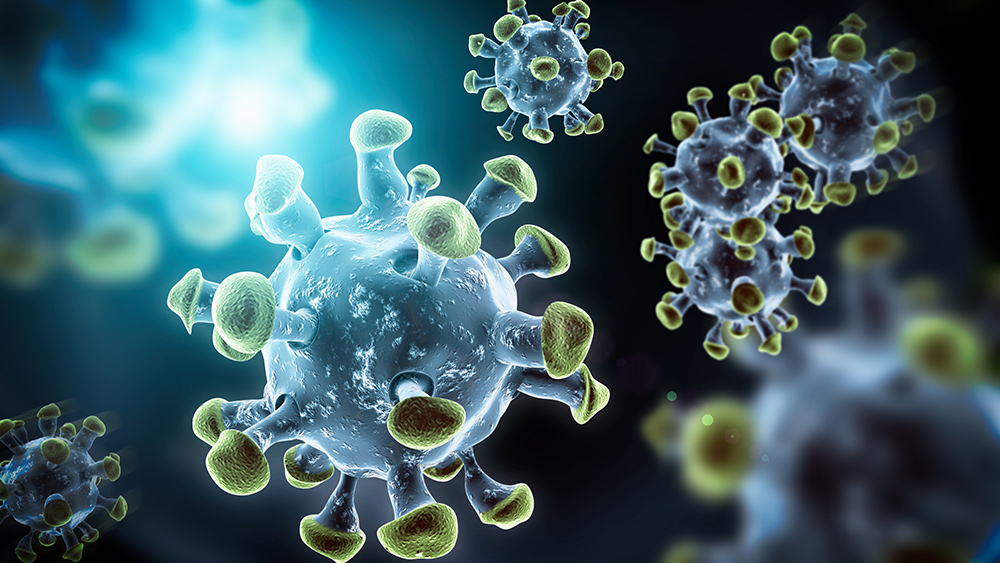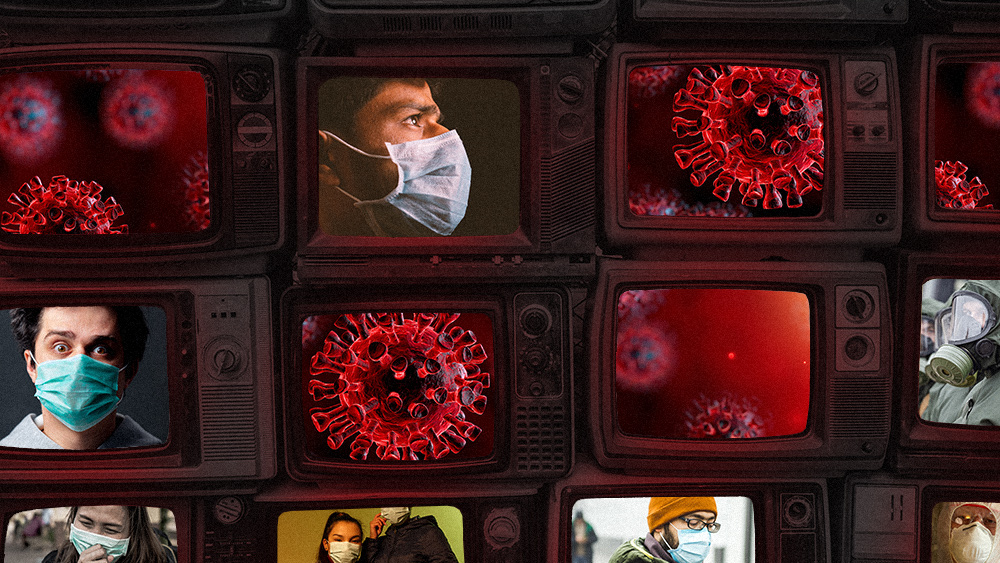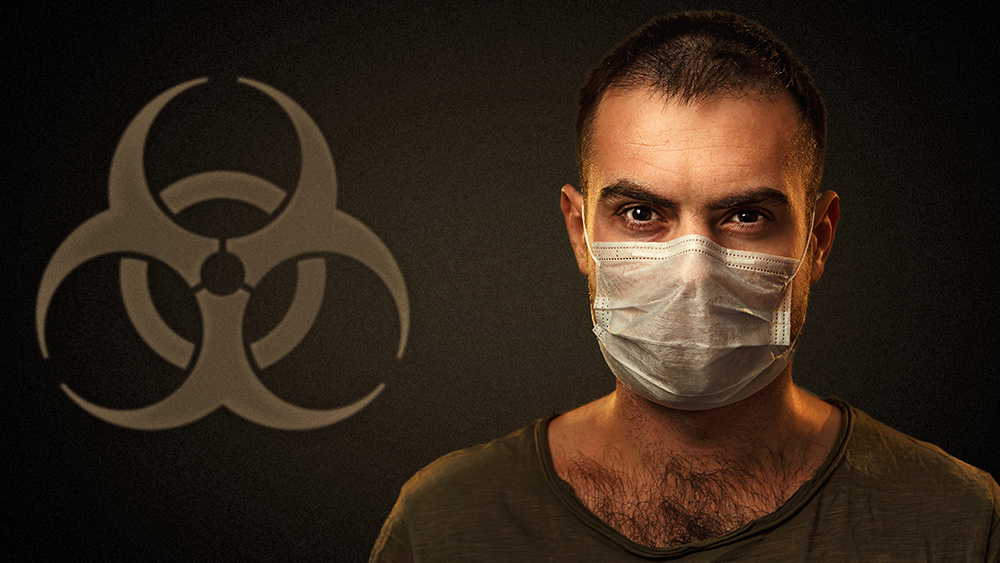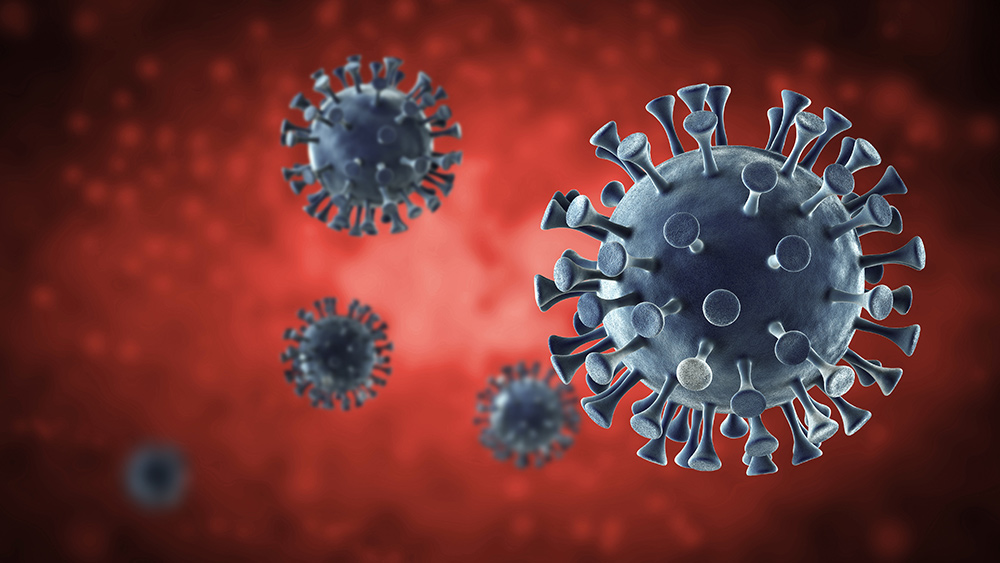Study: Current lab disinfection protocols may not be enough to kill coronavirus
04/21/2020 / By Arsenio Toledo

A study from the Aix-Marseille University (AMU) in France has found that the coronavirus is capable of surviving exposure to high temperatures. In their study, the researchers found that the current standard temperature facilities use to disinfect their research laboratories is not as effective against their samples of the coronavirus.
In France, testing labs regularly disinfect their facilities by heating the area for an hour at 60 C, in accordance with national standards. This has been used for a variety of other deadly viruses, such as Ebola and coxsackievirus, the contagion for foot and mouth disease. But according to the new study, this may not be enough to effectively cleanse the labs of the coronavirus, especially as many of these don’t have adequate protective measures to lower the risk of infection for their workers.
“The results presented in this study should help to choose the best suited protocol for inactivation in order to prevent exposure of laboratory personnel in charge of direct and indirect detection of SARS-COV-2 for diagnostic purposes,” wrote Charrel and Pastorino in their study, which was posted on the pre-print server BioRxiv. This study has not yet been peer-reviewed.
Current disinfection protocols may not be enough to effectively clean testing labs
The researchers infected two kidney cell samples taken from an African green monkey with a strain of the coronavirus taken from a German patient. Both of these samples were exposed for an hour to 140-degree Fahrenheit temperatures. While the heating process did kill many strains of the coronavirus, enough living strains remained that the virus was able to replicate.
The researchers noted that this protocol might be enough for coronavirus samples that have low viral loads, or low amounts of the virus per sample, because it does kill large amounts of the virus. This may also be enough for some COVID-19 patients, many of whom have lower viral loads than the amount researchers usually test in vials.
However, this disinfection protocol could be dangerous for scientists, given that they work with samples with extremely high viral loads.
Fortunately, the researchers found that simply raising the temperature could help solve the problem. They found that maintaining a temperature of 92 C (197.6 F) for 15 minutes may be enough to kill the coronavirus. But this process also damages the virus’ RNA, making the RT-qPCR tests labs use to detect SARS-CoV-2 less effective.
As such, the researchers suggested that lab workers instead use chemicals to kill the virus. (Related: Not every store-bought cleaning product can protect you from coronavirus.)
Healthcare workers at risk if protocols aren’t changed soon
As of press time, there are 2,492.963 confirmed cases of COVID-19 around the world, including 157,847 deaths. If these adequate disinfection measures aren’t put in place immediately, many more healthcare workers may fall prey to the coronavirus, potentially leading to even more death as fewer and fewer hospital workers are able to care for other COVID-19 patients.
While Charrel and Pastorino’s study is able to shed light on how dangerous it can be for healthcare workers and lab technicians working in facilities with coronavirus samples, the researchers are quick to emphasize that real-life situations are much more complex than their simulations.
“The virus behaves quite differently with a change in environment. Many research projects are still under way to solve these puzzles.”
Sources include:
Tagged Under: coronavirus, coronavirus research, coronavirus testing facilities, covid-19, disinfection, Flu, high temperature, infections, lab, outbreak, pandemic, research, superbugs, virus



















